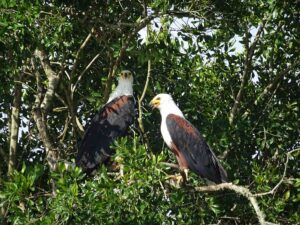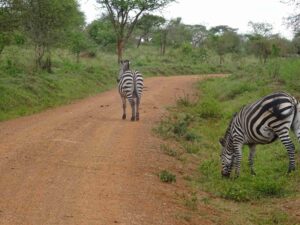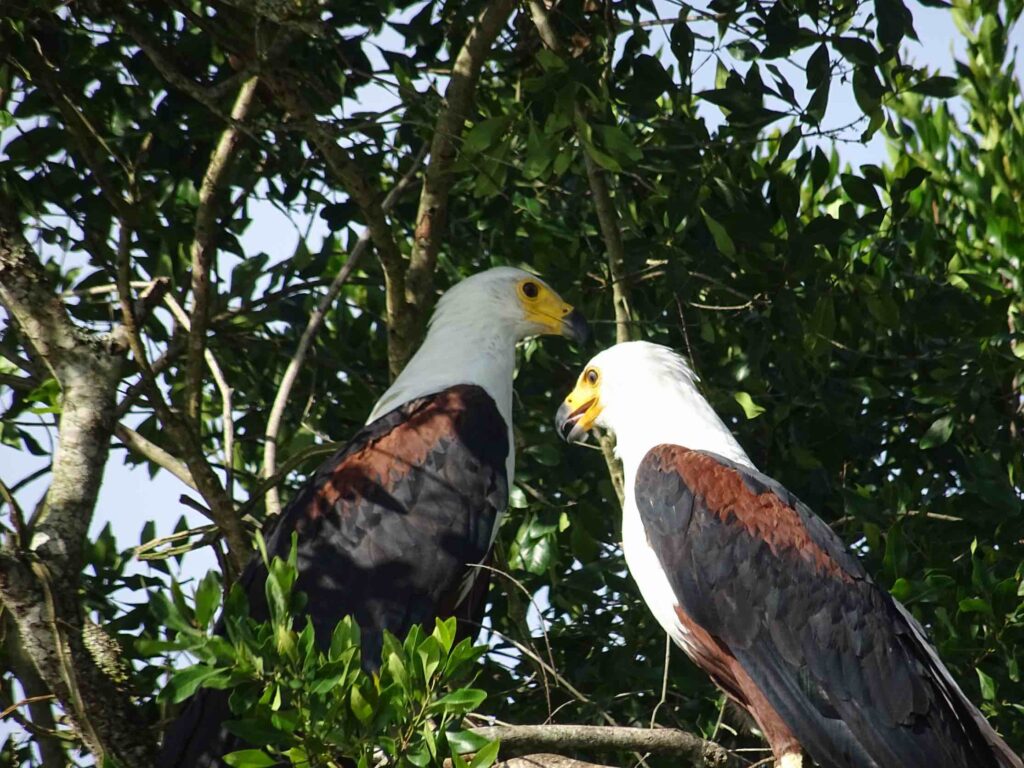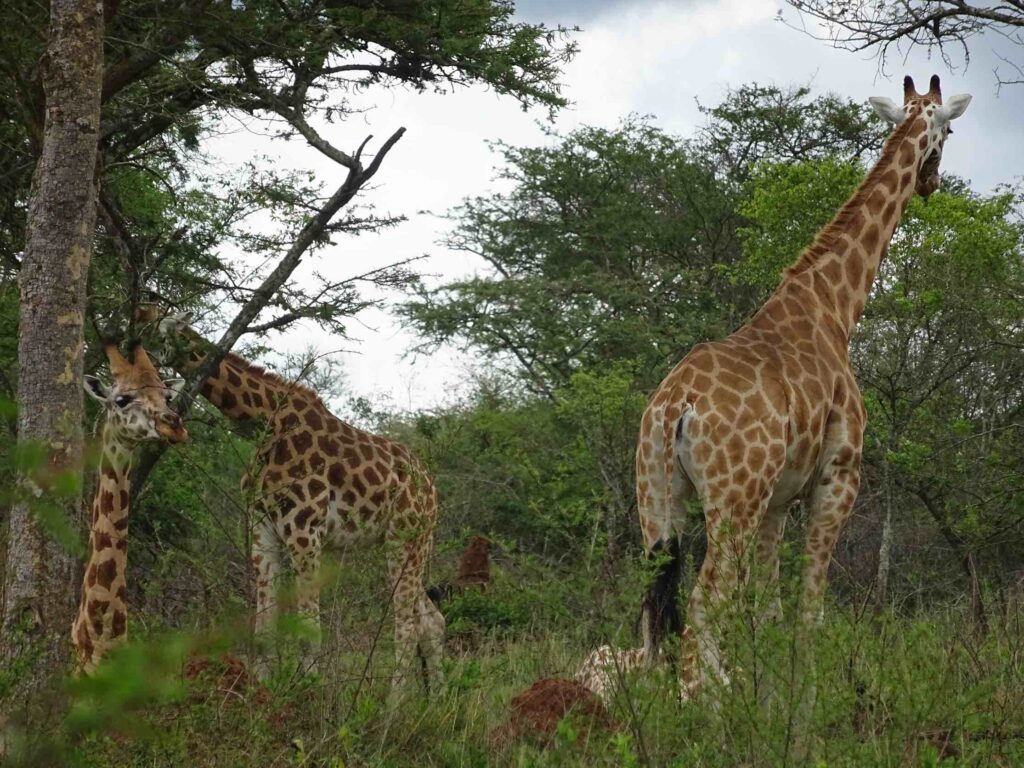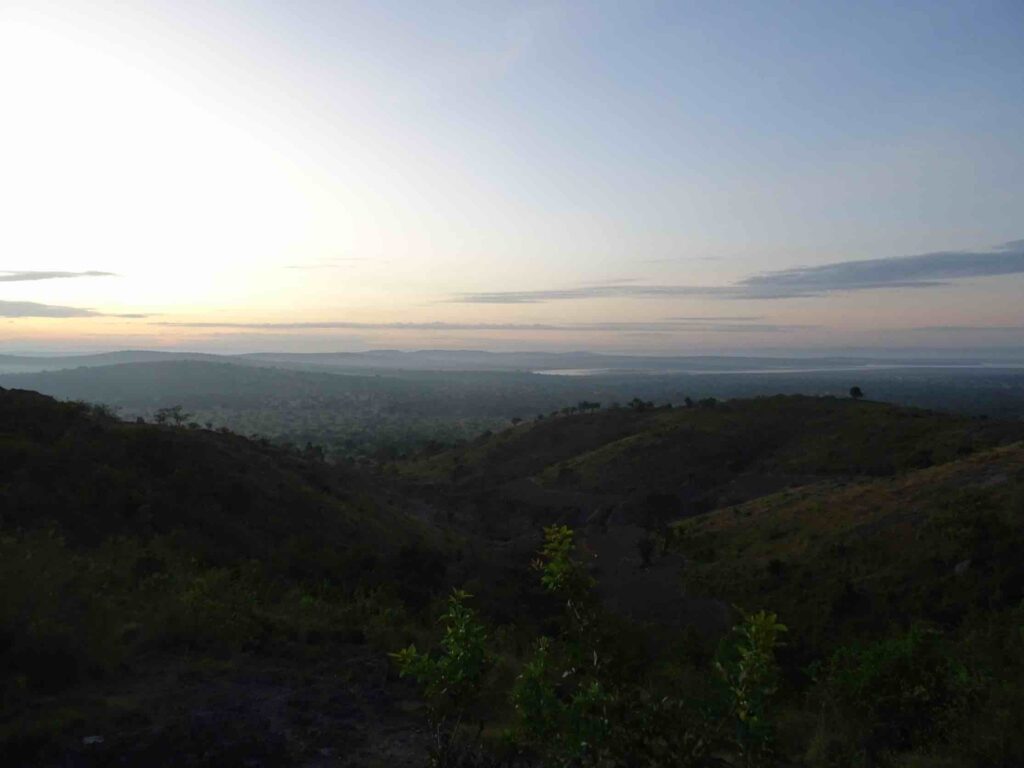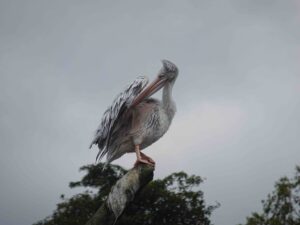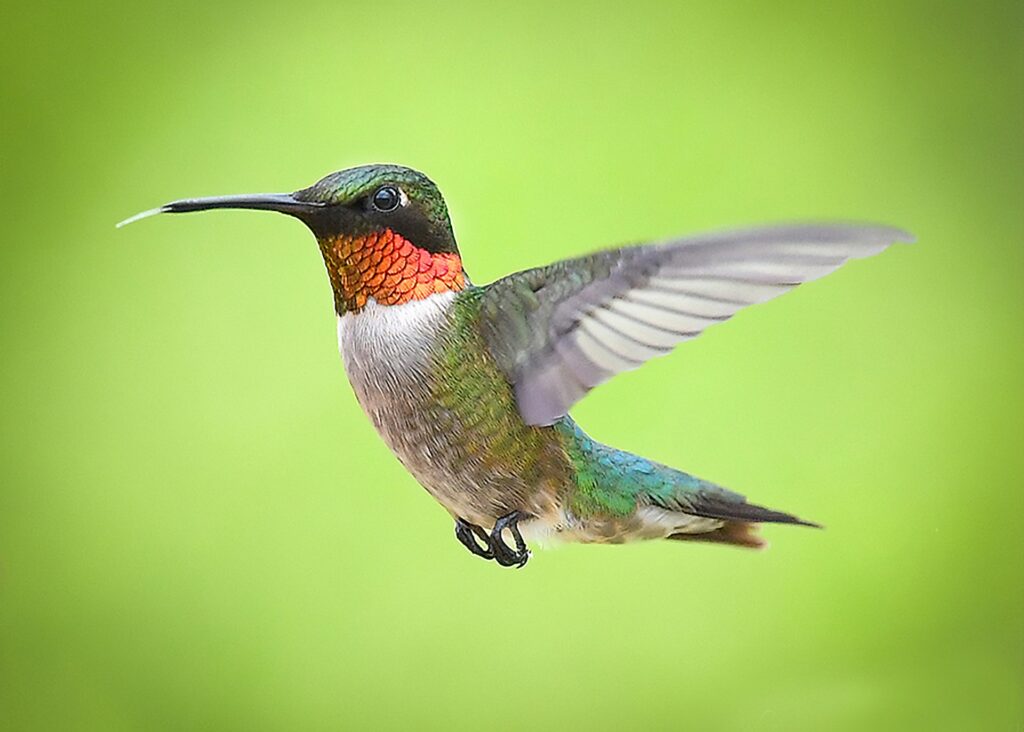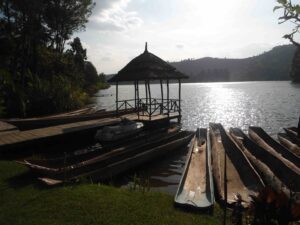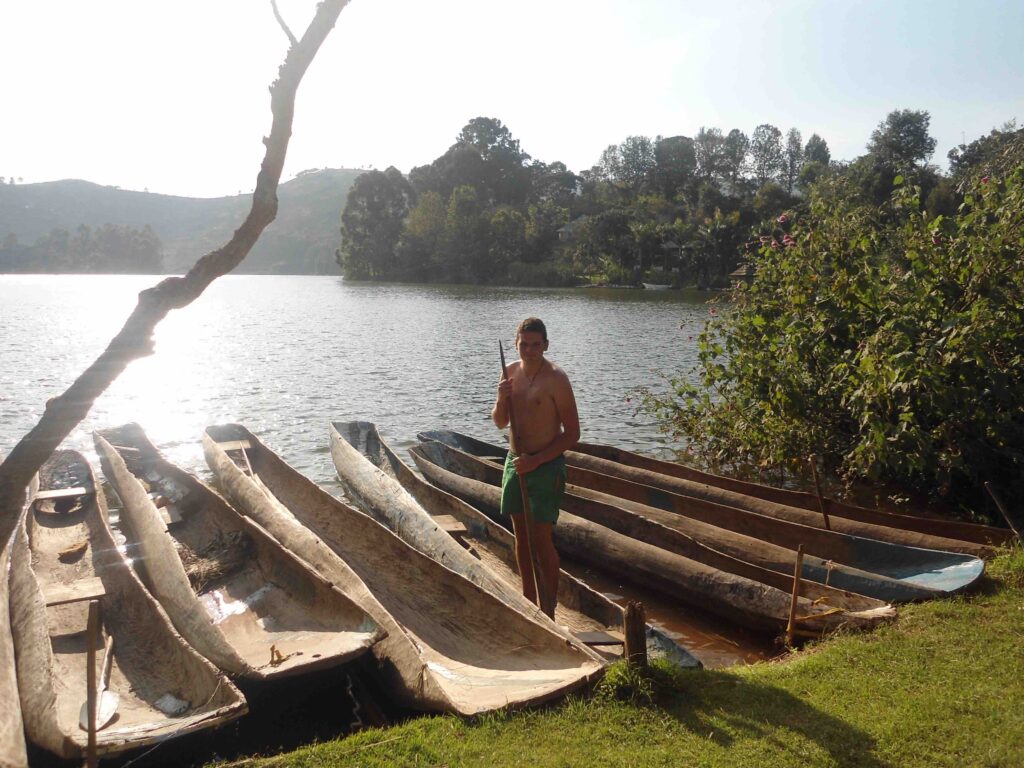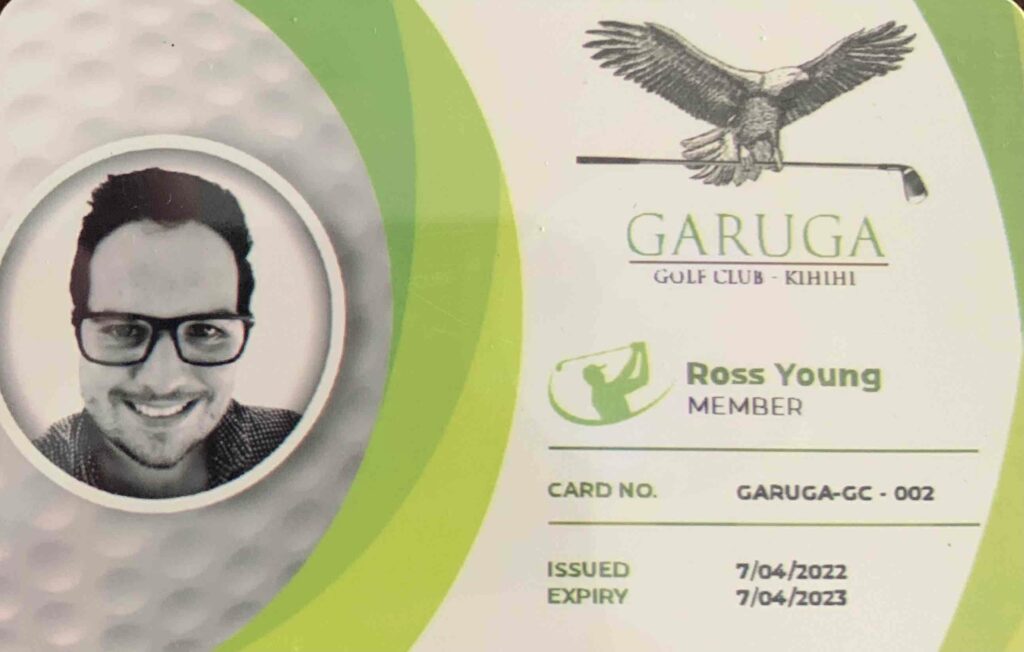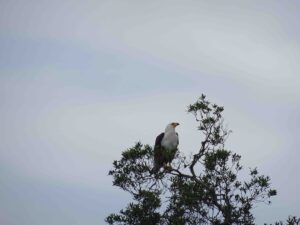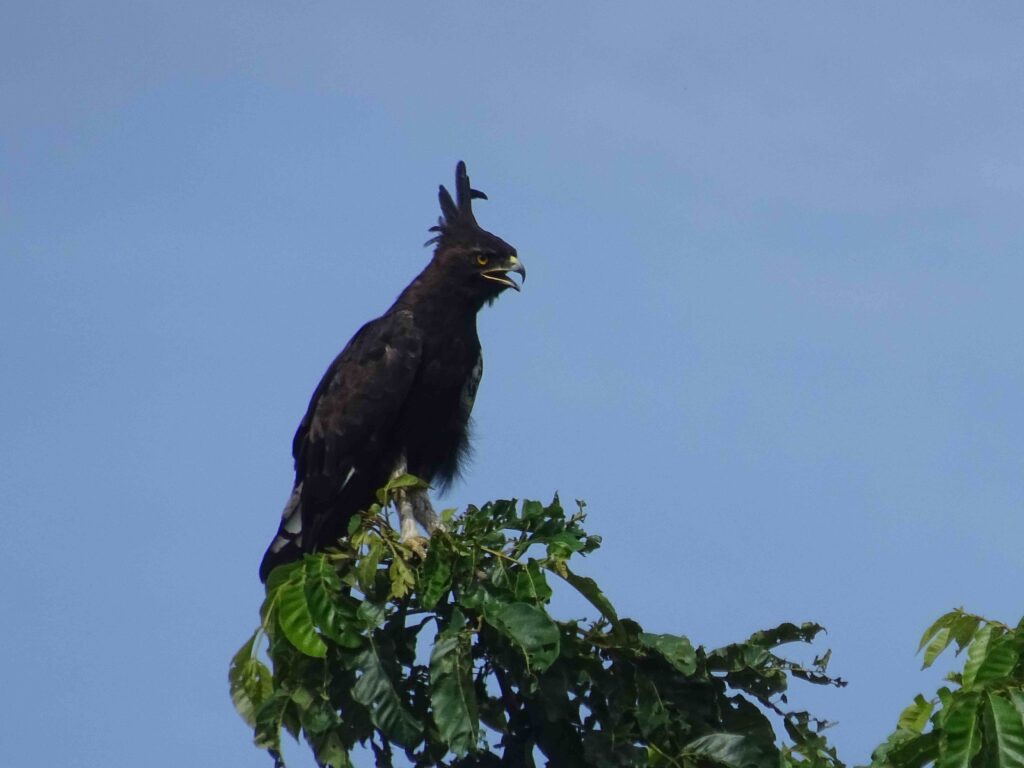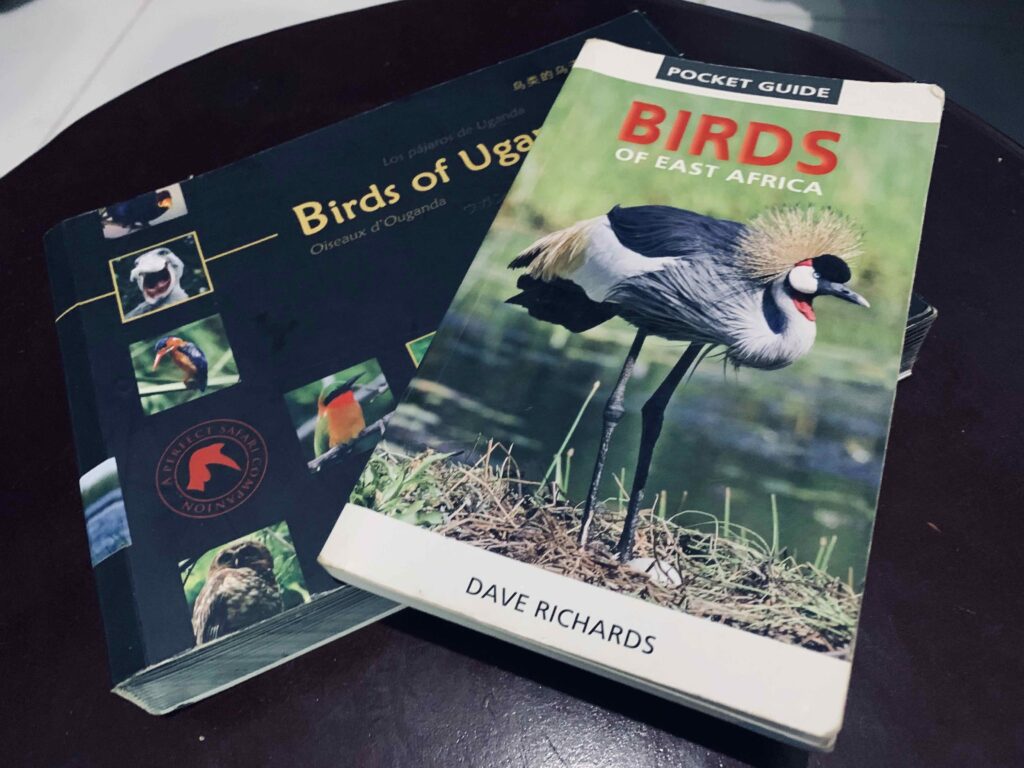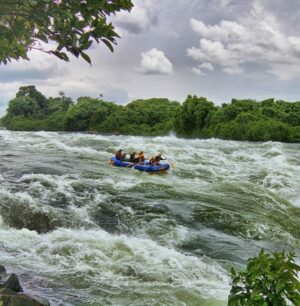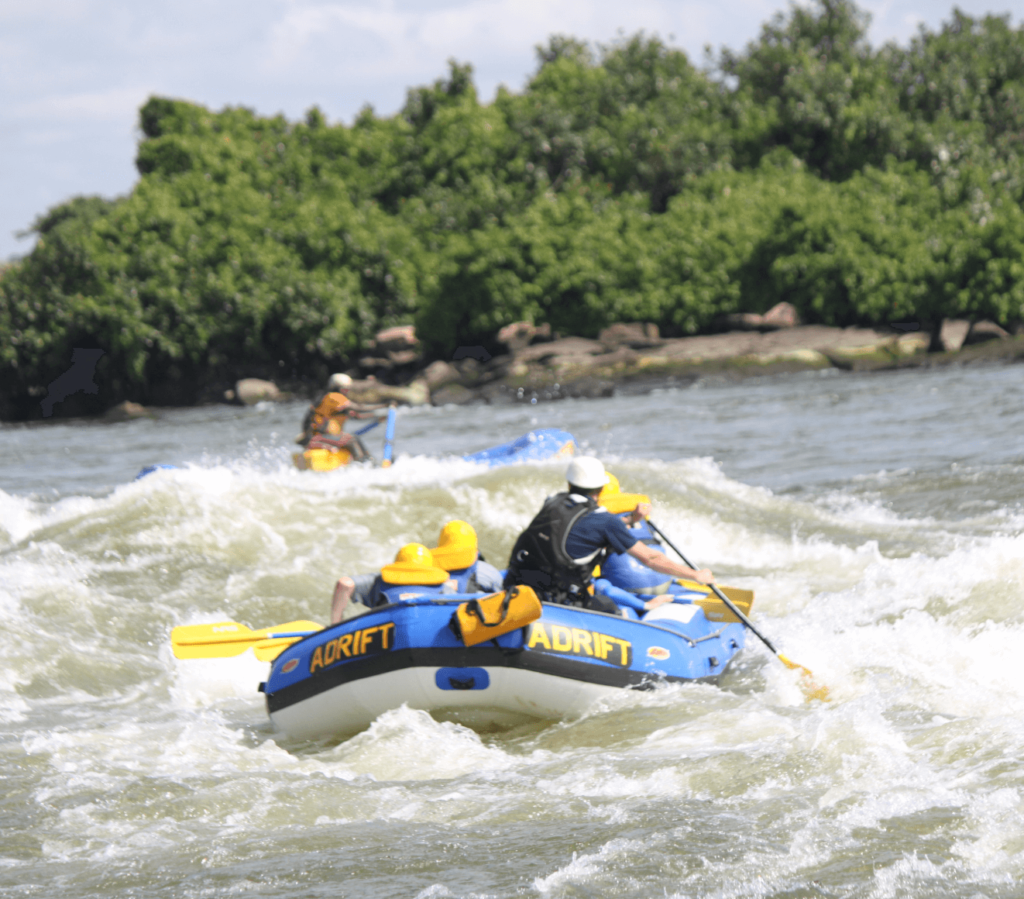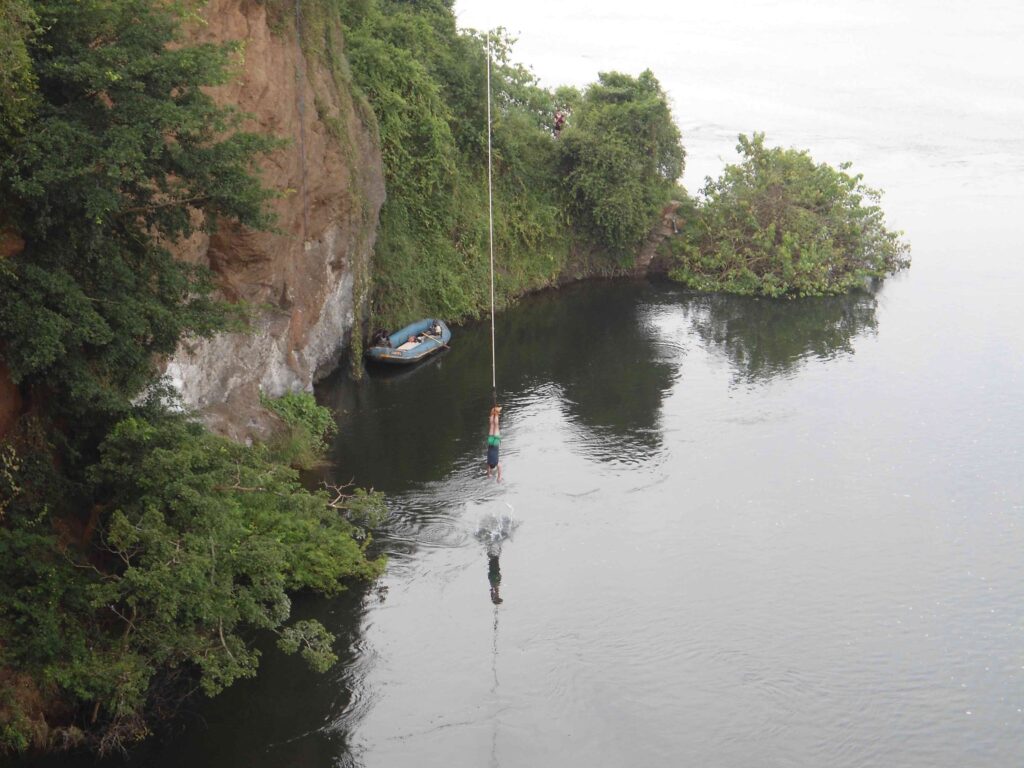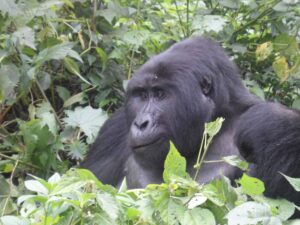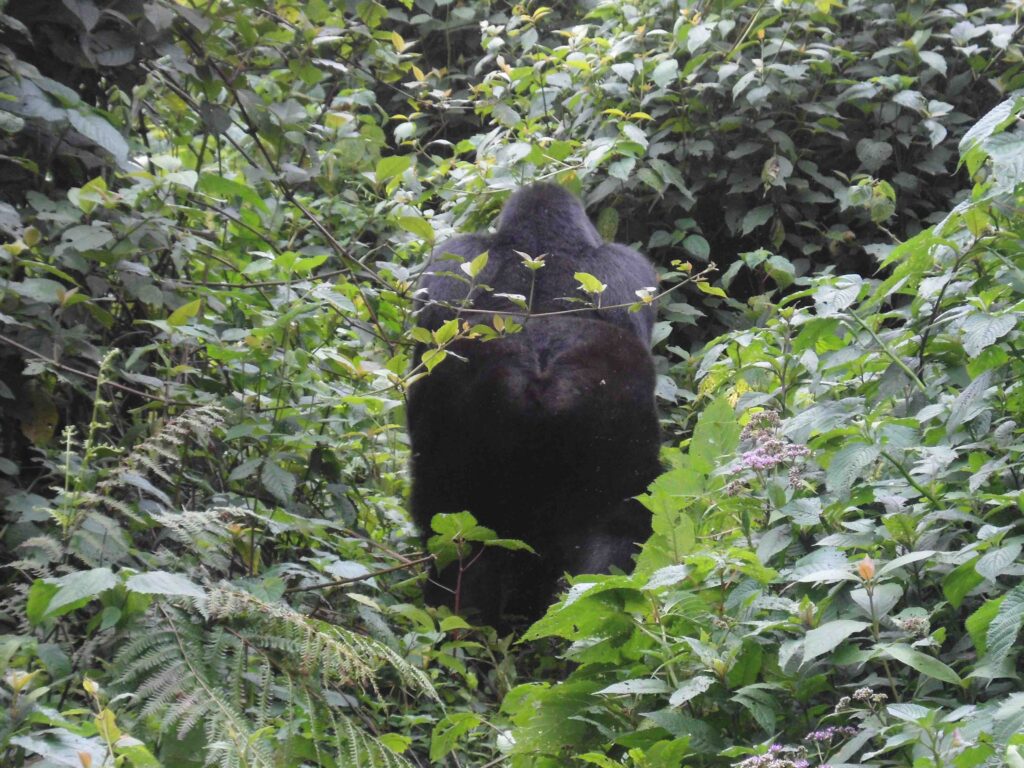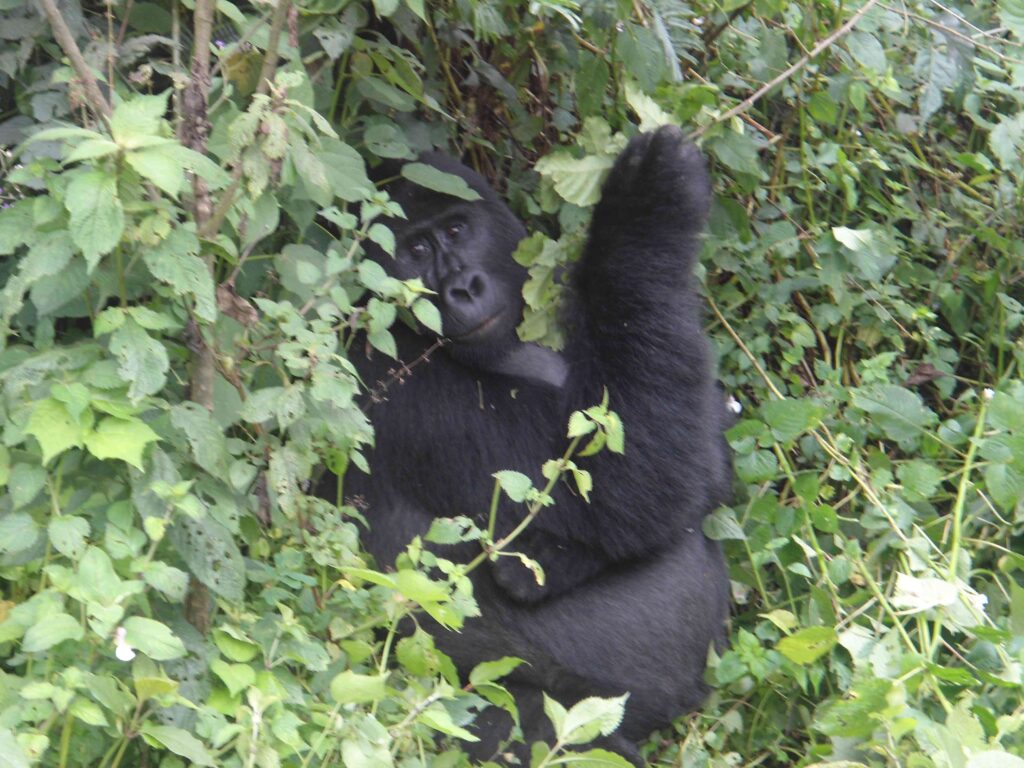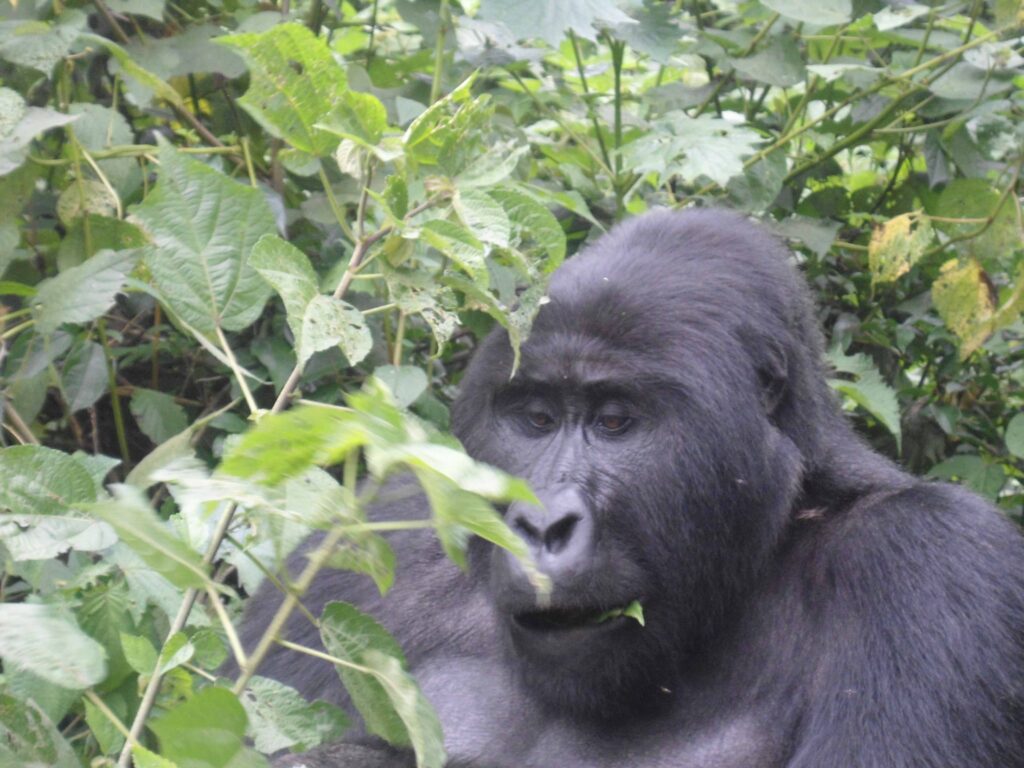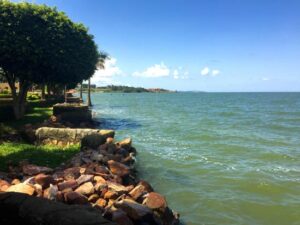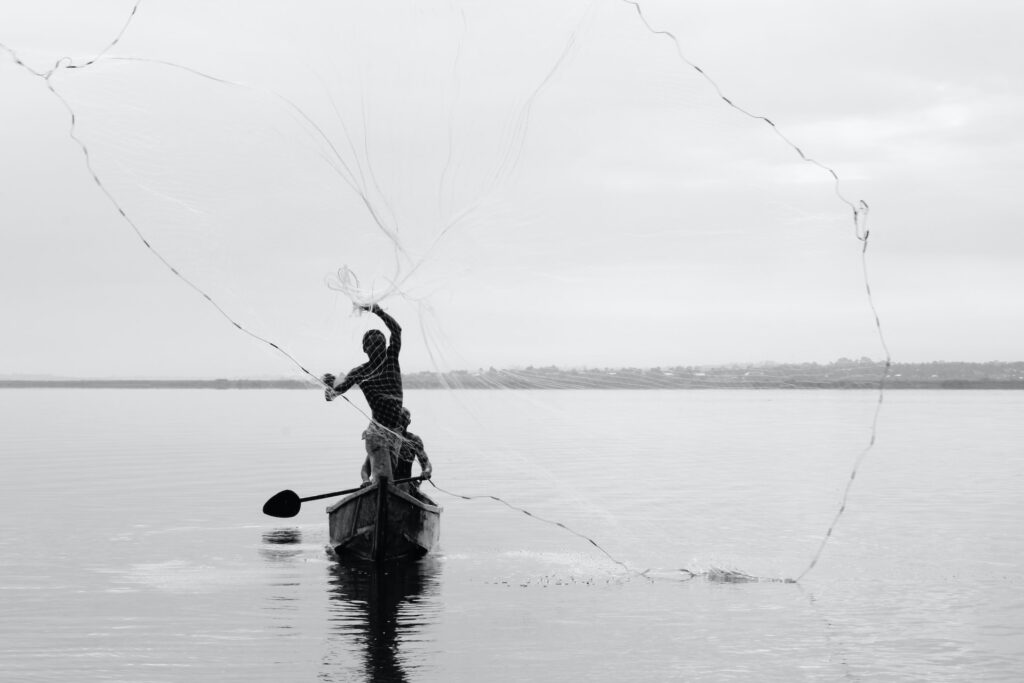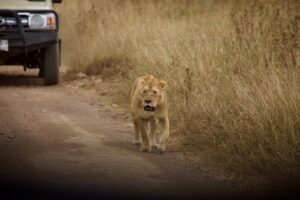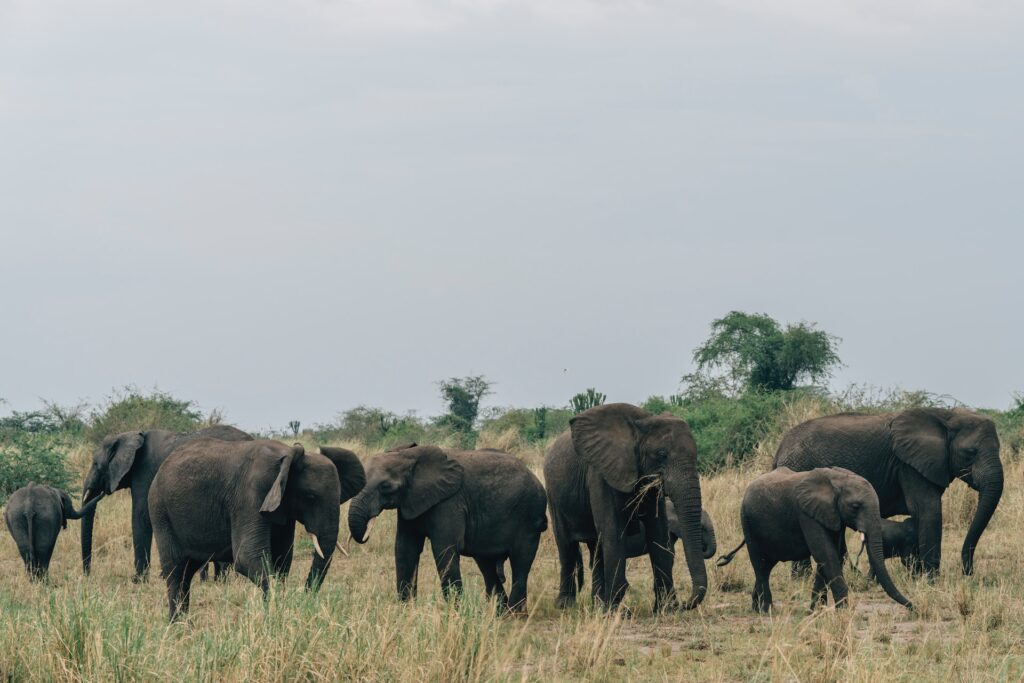Table of Contents
- Is birdwatching with children a good activity?
- The benefits of birdwatching with your kids
- Five tips for birdwatching with your kids on vacation
- Broader lessons you can teach your kids while birdwatching
- Recap: Birding with children in Africa
No matter your age, bird watching can be a fun and interesting way to pass the time. While it’s something that most people get into as they get older, I want to explain how birdwatching for children is an accessible, affordable, and enjoyable family hobby and why it could be an awesome part of your upcoming vacation in East Africa.
This article will serve as your guide to birdwatching for children and explains everything you need to know to take your little one out birding for the first time.
Is birdwatching with children a good activity?
Birdwatching is an excellent activity for children. It’s a great way to teach your kids about the natural world around them while encouraging them to explore the great outdoors.
In the sections that follow, I explain the benefits of birdwatching for children and introduce you to eight top tips that will help you get started.
By the end, I hope you have all the information you need to take your kids out looking for birds in the great outdoors.
The benefits of birdwatching with your kids

Although birdwatching is often regarded as an activity reserved for elderly people who are retired, the reality is quite different.
In fact, anyone can enjoy bird watching, as it’s a wonderful way to get in touch with your natural surroundings.
For kids, birdwatching can be especially rewarding in numerous ways, including:
- It’s an excellent excuse to get your kids outside. A study published in the Guardian found that kids spend just eight hours each week outside, so improving their time spent in the great outdoors is a good thing.
- Birdwatching is a great way to teach your kids about the native species while on vacation, and it can help them in science and geography class.
- As an activity, birding encourages kids to be more observant of the natural world around them, which is an excellent trait to develop from an early age.
- By introducing your children to a range of species, you will find that they develop an appreciation for birds, which will extend to other animals and creatures later in life.
While it might not be the most conventional hobby for kids to get involved in, birdwatching is actually an excellent opportunity to spend more time with your kids in the great outdoors.
What’s not to love about that?
Five tips for birdwatching with your kids on vacation
Depending on your kids’ age and previous experiences, they might not be overly sold on the idea of going birdwatching with you at the start.
This is okay, as most kids consider birdwatching to be an activity for older adults only! So, with that in mind, here are eight tips that will help you as you introduce your kids to the wonderful world of birding for the first time.
Invest in a field guide
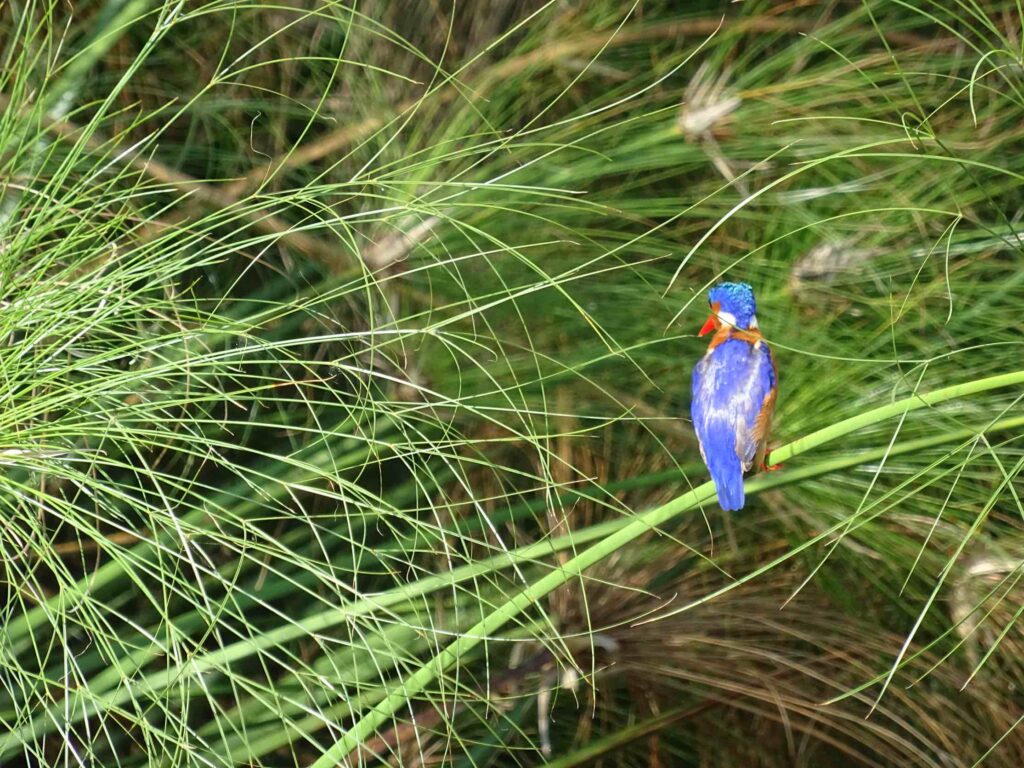
The best way to encourage your kids to develop an interest in the birds in their garden is to invest in a field guide.
Full of pictures, field guides provide you with relevant information about the species and offer tips on how to identify specific birds.
Searching through a field guide to identify a bird that has recently set up a nest in your backyard is a wonderful activity to complete with your kids.
You can even start your own lifer list and encourage your kids to make a note every time they see a new bird throughout your vacation in East Africa.
Ask them to listen to and identify bird songs
Perhaps the thing I love most about having an abundance of wild birds in my garden in Uganda is the cacophony of sounds that I wake up to.
When you’re not paying attention, it can be difficult to discern between one birdsong and another.
However, when you get into the habit of listening carefully, you can easily identify which birds are currently in and around where you are.
Even if they can’t see the bird that’s making the beautiful sounds, you can invite them to scroll through their field guide, as many have helpful descriptions about how to listen for birds in the vicinity.
Plan your first birdwatching trip
There are so many brilliant spots to go birdwatching in East Africa and if you head into any national park, you will be treated to a huge variety of birdlife.
Lake Bunyonyi in Uganda is one of the region’s best birding destinations, so it’s well worth a trip with your kids if you want them to discover an array of species that are native to the region.
Ask your kids to draw the birds they spot
To make the act of birdwatching more hands-on, ask your kids to draw or paint the birds that they’ve been able to identify.
It’s helpful to capture pictures of the birds with your camera, but you will be amazed at how great children are at recalling information.
And while the end result might not be totally accurate, it’s all about creating a fun and rewarding experience for your kids.
This will also help them remember the species that they spot and hopefully will encourage them to continue with their new hobby.
Introduce them to birds of prey
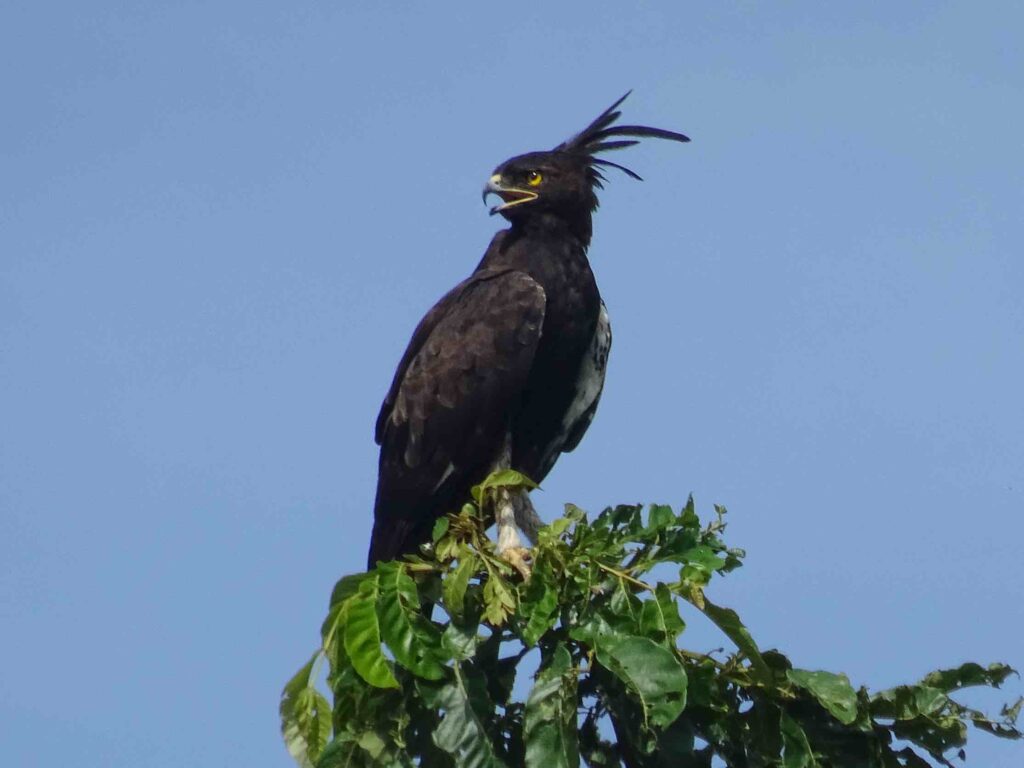
Depending on the age of your children, it might be a good idea to introduce them to birds of prey early on. Why?
Well, there’s something exciting about predators that take to the skies – it’s perhaps why kids love the ideas of dinosaurs so much (well, that and Jurassic Park, of course!).
No matter how old you are, the first time you see an eagle in flight, you’re bound to be excited.
Eagles are majestic predators, and the chance to spot one in the wild is something that all birders aspire to.
I’m fortunate to have a long-crested eagle that lives close by, and I spot her in the garden from time to time. Although not the biggest or most powerful eagle, the fact that I can glimpse her close-up reminds me of how lucky I am to live where I do.
Broader lessons you can teach your kids while birdwatching
As I bring this article to a close, I just want to mention some learning opportunities that you can use to educate your kids about bird watching.
After all, while it’s a fun way to spend some quality time with your kids, it’s also a great opportunity for you to encourage them to learn about the world around them.
So, here are some key things to think about:
- Show your kids how birds interact with one another in the natural world. A trip into nature to see native species in your area is so much more rewarding than a trip to your local zoo. We should always encourage kids to see birds and other wildlife in their natural habitat, as opposed to behind bars.
- Encourage your kids to consider the different natural habitats of the birds that you introduce them to. Take them to different locations – woodland, forests, water bodies, and the coast – and ask them to think about the different ways that nature plays host to birds.
- Finally, I think that birding is a great way to teach kids about the natural world in general. Taking them out to natural spaces and encouraging them to interact with a different plant, bird, and animal species will help them to appreciate the world around them as they grow. That’s certainly a value I hope my kids hold dear as they grow up.
Recap: Birding with children in Africa
While it might not seem like the most conventional hobby for little ones, bird watching is an excellent way to spend time with your children in the great outdoors.
I hope that you’ve found this guide to birdwatching with children informative, insightful, and helpful. Let me know in the comments below how you get on when you take your kids out bird-watching for the very first time!
Keen to learn more about birdwatching in East Africa? Check out this post that includes a birdwatching checklist, and this article that helps you decide what to wear on an upcoming birding trip in the region.

